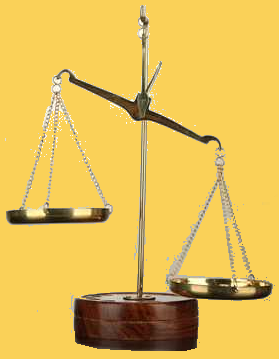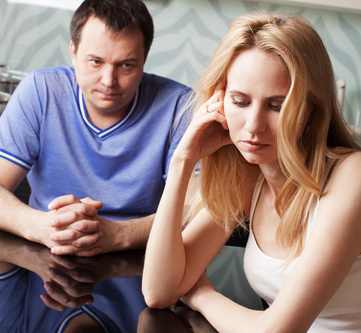Power and love – the online counseling
(Part 4 from: The Man-Woman-conflict from evolutionary-psychological view)
(How spiritual assessments from the primeval times guide and influence love relationships)
It is all a matter of the distribution of power
The distribution of power is an important psychological variable within a couple and it is not uncommon that the fate of a love story crucially depends on it.
If you are dissatisfied with your twosome relationship and aspire an improvement, then the relationship doctor has to pick up his work right at this point and plan a strategy concept with you, which aligns the distribution of power in your relationship anew.
.
To a lot of you it might seem strange to imagine that a love relationship stands in conjunction to power and dominance, and you probably think that everything which seems to head in that direction should be absolutely kept out of a good relationship. Unfortunately, this is impossible for everyone. Every relationship between humans, no matter what kind it is, always contains a power aspect.
This is accomplished by varying interests that exist practically in every relationship between two people: Due to whatever reasons, one is mostly interested a bit less in the common cause than the other. The interests are only seldom absolutely identical thus equal. The less interested is the more independent one of the two and is automatically the one who disposes the bigger power in the relationship. If the relationship would come to an end, it would hurt him a lot less than the other one.
The same thing applies to a love relationship: One always loves the other one always a little bit more than vice versa. Even if the emotions should have been completely the same at the beginning of the relationship, there comes a point in time when the balance of power shifts. The trigger for this can lie within the different personalities of the two, or is due to outer factors like change of job, pregnancy, becoming unemployed, etc.
The vicious cycle which makes it hard for couples
This little difference within the needs often develops the tendency to strengthen the vicious cycle within itself, escalating and expanding it because the more dedicated partner wants to alter the emotions in his favour and thereby making everything even worse.
Leo Tolstoi describes this mechanism to the smallest detail in his masterpiece „Anna Karenina”. The daredevil count Wronski passionately falls in love with the attached, unattainable seeming Anna. Disaster takes its turn as she reciprocates his love and separates from her husband.
The display of public affection from the count decreases somewhat within the security of living together. Anna panics about it – because she gave up everything for Wronski and now fears to lose his love. Her desperate attempts to cling to him, hoping it would bind him emotionally stronger again, pushes him even further away from her…
These interaction cycles are typical for twosome relationships amongst humans. A couple can be extremely polarized and destabilized by this. The paradox in such a situation is usually the circumstance that the feelings of the dominant one, the one who loves less, decrease with an extent just as the feelings on the other side increase. With this, one partner cannibalizes the emotions of the other – normally without any intention.
A couple stuck in such a vicious cycle, has truly nothing to laugh about. The gruelling arguments on the everyday agenda leave the protagonists more and more exhausted, until one gives up. These excessive quarrels, which affect so many couples in this modern age, were surely not existent like this in the prehistory of humankind.
The pressure of wanting and needing to survive in a hostile environment did bind together and didn’t permit a prehistoric couple to have a permanent fall out over a few little „ problems”, like it happens so fast these days. The genders, also humans – like already mentioned – pursue a somewhat deviating reproduction strategy, due to the fact that males and females of all species went through a different evolutionary biogenesis, which brought them together in a kind of “biological rivalry”, i.e. man and woman do not cooperate.
These gender specific differences in the behavior are obliterated due to a subconscious assimilation process in a balanced relationship, which obtains equal relation of power, i.e. the importance of both partners being equal, reduces the “biological conflict potential” to almost zero. However, in unbalanced partnerships, in which an imbalance of power exists and one partner is in need of the other more than vice versa, the dominant one in the relationship will take over a behavior, which is equal to the primeval biological-male or biological-female reproduction strategy. This behavior goes back, from the evolutionary point of view, to predecessors of us, which lived as primates in trees.
The Man-Woman-conflict from evolutionary-psychological view: next page
No tags for this post.














